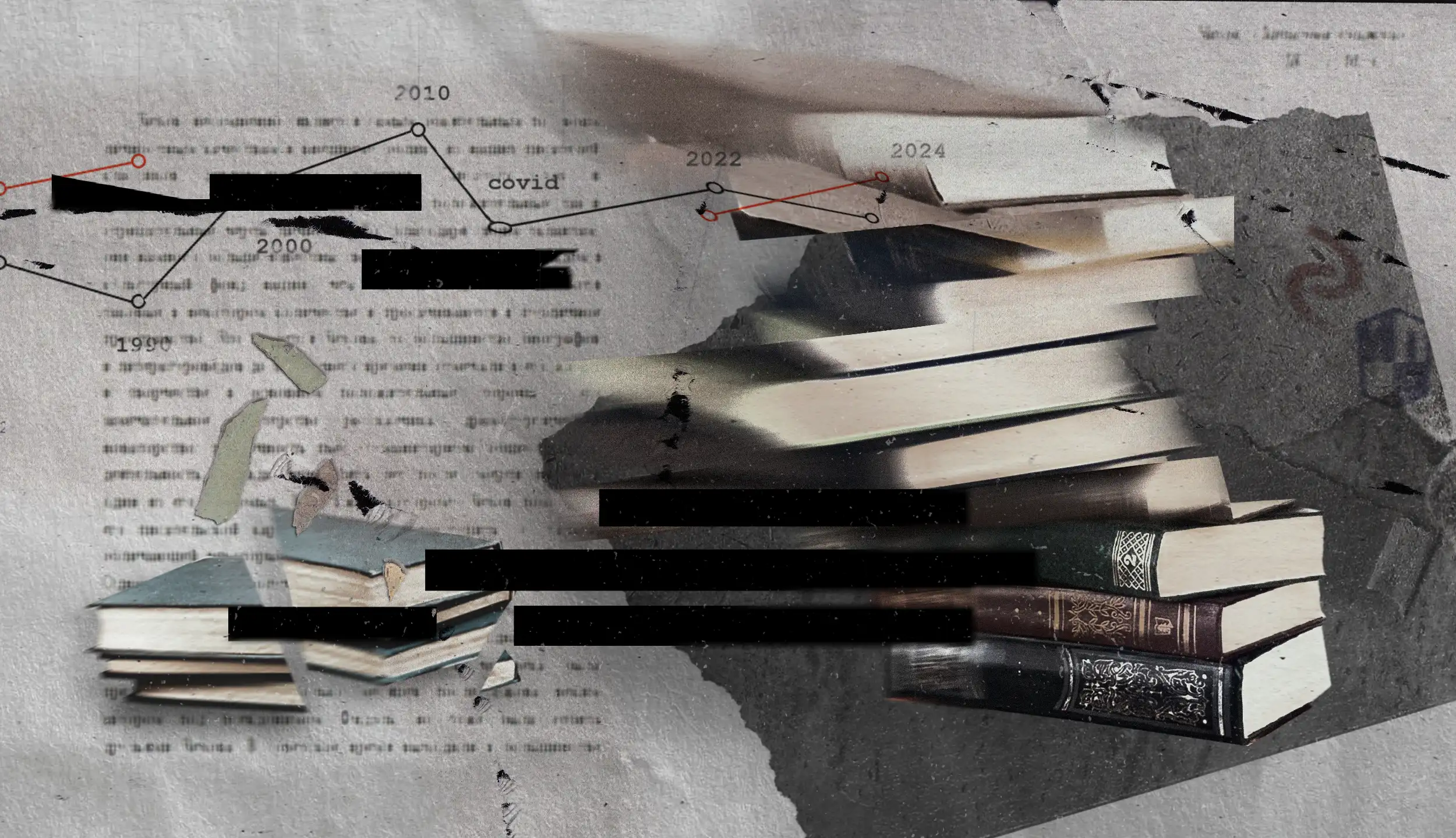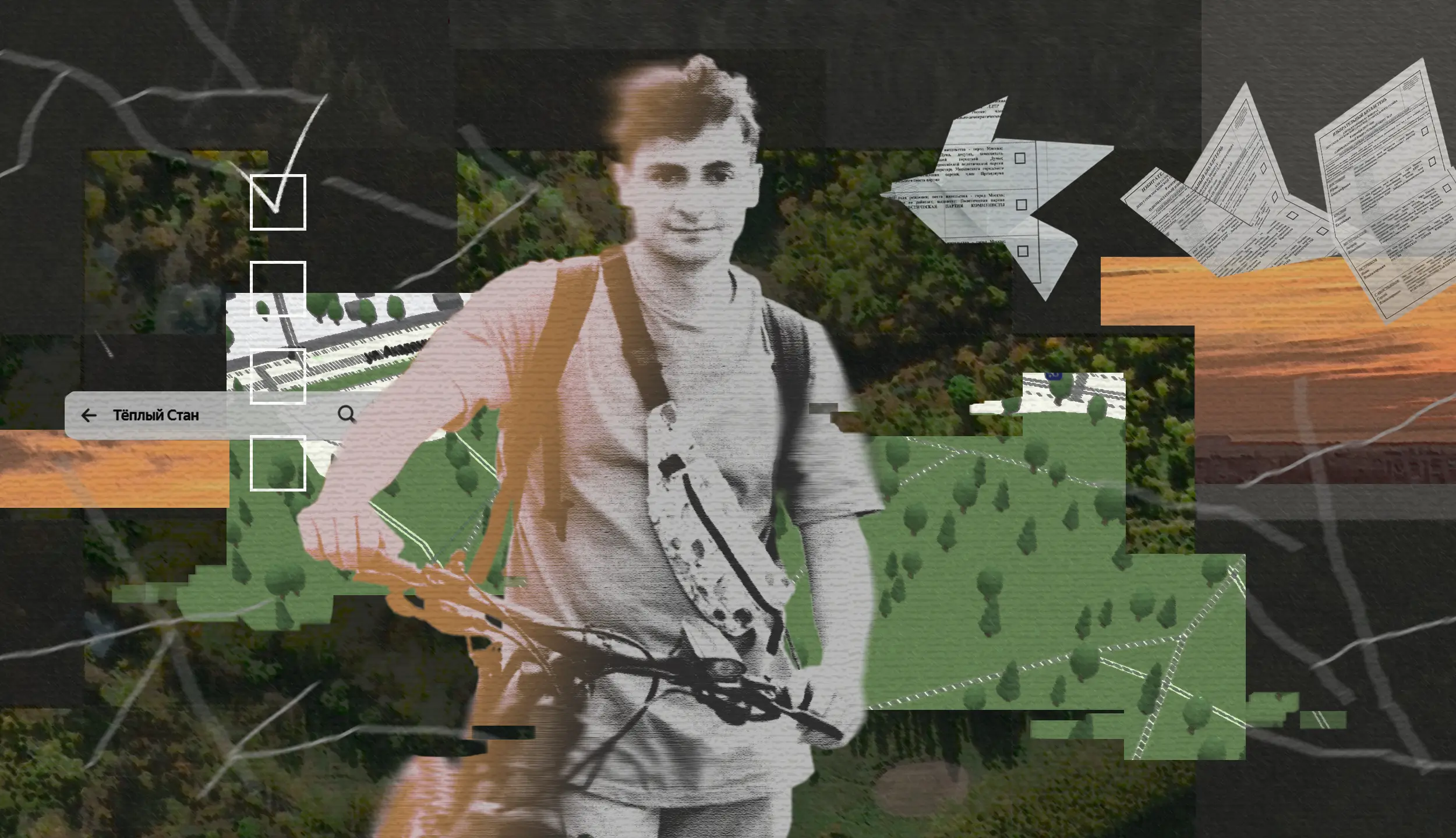I have been trying to write this article since the second week of the war. The horror that has befallen us, Palestinians and Israelis, is unimaginable, and every day the tragedy only becomes worse. Since October 7, “context” has become the key word in any debate about the current war, which is probably the most brutal point in a long-running conflict. This essay is an attempt to provide an understanding of this context from a socialist and critical (or heterodox) Zionist perspective.
Specters of genocide and expulsion
More than 26,000 Palestinians have been killed in Israel’s heaviest bombardment and ground military operation in the Gaza Strip to date. Many others have lost their homes and moved to the south of the Strip. How many of them are members of Hamas? We do not know for sure. Probably not so many. Unsurprisingly, many see this as an attempt at genocide and ethnic cleansing. These are unimaginable and appalling numbers. Combined with the rhetoric of a large swathe of Israeli politicians, including ministers from the most far-right government in the country’s history, and the discourse of revenge that prevails among a large number of Israeli Jews, this becomes a real threat. The dreaded specter of the Nakba still hangs over the Palestinians today.
And what about the Jews? The specter of genocide and expulsion haunts our collective consciousness. The Hamas attack on Israeli kibbutzim, villages and towns on 7 October was an organized act of terror in the literal sense of the word. Moreover, it had almost all the elements of genocide: the intent, actions and an ideological basis for such a crime. It is no wonder that this event recalled traumas from the collective historical memory of the Jews, such as the Eastern European pogroms and the Holocaust.
It is true that various political forces cynically exploit the sensitive issues and collective historical memory of both peoples. But that does not make the oppression of the Palestinians, the terror against Israelis, and the fears and traumas of both peoples any less real. One can argue that I am painting a symmetrical picture in a place where there is no symmetry. But collective consciousness and memory are not purely objective phenomena and, more importantly, the true dividing line in this conflict lies within each nation: between those who yearn for peaceful coexistence and those who deny others the fundamental rights they demand for themselves. And the latter groups, on both sides of this bloody conflict, manage to cooperate in the most perverse ways.
The historic alliance between the Israeli right and Hamas
At first glance, it seems far-fetched. But in this bloody saga between Jews and Arabs, there are forces on both sides that assume superiority over the other and want to resolve the conflict through subjugation, expulsion or annihilation. This includes the Israeli right, especially its extreme religious-nationalist wing. This is also the worldview of Hamas, which draws its strength from the plight of Palestinians, from the siege of Gaza and the occupation in general. Similarly, right-wing nationalists in Israel draw their strength from the terror of Hamas and other groups, especially from horrific events, such as the massacre of October 7.
It is not just a matter of a tacit alignment of interests. Recently, there have been explicit declarations, at least from the Israeli side. Israel’s Prime Minister Benjamin Netanyahu and the Finance Minister Bezalel Smotrich have openly stated that Hamas’ rule in Gaza is in their interests and that a strong Hamas is necessary to prevent the establishment of a Palestinian state. Hence the curious combination of an official blockade of Gaza, the severity of which has varied over time, while turning a blind eye to the smuggling industry and allowing financial transfers, often in the form of suitcases of cash, to Hamas. In the meantime, Hamas continued to fire rockets with varying intensity into southern Israel, to which Israel responded with occasional military operations, mainly with more or less brutal bombing raids. This has been the situation since the political split of the Palestinians between Fatah and Hamas and the Hamas military coup in Gaza in 2007. But in our reflections on the context of the present war, we should look further back into the past.
Much of this intolerable situation was created by the “disengagement” — Israel’s unilateral withdrawal from Gaza. Of course, Israel should not have continued its direct occupation of Gaza and kept a handful of settlers there. And yet, the unilateral disengagement was a predominantly right-wing political plan. Ariel Sharon, a lifelong political hawk and one of the main architects of Israeli settlements in the 1967 occupied territories, surprised many when he proposed a withdrawal from Gaza and a dismantling of the Jewish settlements there. The ideological right portrayed the plan as Sharon’s “betrayal” but there were signs that it was not question of his sudden conversion to a more dovish ideology. Sharon insisted on the unilateral nature of his plan. For him, as his close advisor Dov Weisglass admitted, the plan served to strengthen Israel’s control over the occupied Palestinian territories in the heart of the country (the “West Bank” or “Judea and Samaria”) and to prevent a return to peace negotiations and the establishment of a Palestinian state alongside Israel. For this reason, Sharon himself firmly rejected the symbolic handover of the Gaza Strip to the Palestinian Authority. This development allowed Hamas’ leaders to announce to the world the day after the disengagement in 2005: “We have expelled Israel from Gaza!”
And, of course, one can also recall the long years of oppression in the occupied Palestinian territories and the exploding buses in the streets of Israel during the Second Intifada. This, in turn, was the result of the failure of the peace process based on the Oslo Accords. Although the agreements themselves were far from flawless, the process was derailed by opponents of the peace treaty on both sides: while Hamas suicide bombers blew themselves up on buses and in public places, extreme elements among the Jewish settlers did not refrain from terror either1. The most famous and bloody terrorist attack by Jewish extremists occurred in March 1994, when Baruch Goldstein killed 29 Muslim prayers in the Cave of the Patriarchs in Hebron. On 4 November, 1995, Yigal Amir assassinated Prime Minister Yitzhak Rabin, an event that became a turning point in the history of Israel. But can the failure of the peace process be explained by this dynamic alone? The answer to this question is most likely negative. Therefore, we need to broaden the context and ask why the Israeli occupation of the Palestinian territories from 1967 has lasted so long?
Neoliberalism and Occupation
Some argue that the ongoing Israeli occupation of the West Bank (or Judea and Samaria) and Gaza stems from the settler-colonial nature of the Zionist project, whose sole purpose is to expropriate and take over as much land as possible. This is an explanation that deserves some critical revision, to which we will return later. But either way, it cannot replace a concrete analysis of reality and the forces that shape it. Of course, ideology is one of these forces, and some currents within Zionism adhere to an ultra-nationalist ideology, and preach and practice the dispossession of Palestinians. But it is worth looking at other factors that strengthen the Israeli right.
Israel’s history and its relations with the Palestinians and neighboring Arab countries are not detached from global processes. This also applies to Israel’s wars with the Arab countries, which were shaped by the reality of the Cold War in addition to the Arab states’ rejection of the “Zionist entity” and their resentment over the results of the 1948 war. It was against this backdrop that the Six-Day War broke out in July 1967.
Israel, which had started the war with a pre-emptive strike, was surprised by its own overwhelming victory. The Israeli army conquered the rest of Mandatory Palestine, the Sinai Peninsula and the Golan Heights, tripling the territory Israel controlled. However, there was no general consensus as to what to do next — neither in the government, nor among the general public. The Israelis were euphoric. The abrupt change from a perceived threat of annihilation to an overwhelming victory had captivated the vast majority of people. And among the political leadership there was no clear plan for the future. A minority spoke of a rapid withdrawal from the occupied Palestinian territories, while the majority vacillated between settlement attempts and the future annexation of several strategically important areas, or freezing the situation and waiting for peace negotiations in an unknown distant future.
1977 marked another turning point in the history of Israel. The Labor Party and the Zionist Left, the political force that had led the state since its foundation (and the Yishuv before that), lost power to a right-wing coalition led by Menachem Begin, the leader of the Likud party and a veteran Zionist politician. A complex of factors led to this change, including a belated reaction to the failures of the 1973 Yom Kippur war, ethnic-class tensions among Jews in Israel, and the desire of a significant portion of Israel’s middle and upper classes for accelerated liberalization of the Israeli economy. To a large extent, this was also the symbolic beginning of Israeli neoliberalism, which also fundamentally changed the Israeli occupation.
It is important to emphasize that a large portion of Israel’s middle and upper classes were formed after the establishment of the State of Israel, and in close relations to it. Until the middle of the 1960s, and even the 1970s, Israel was still a developing country with a government that pursued an accelerated policy of economic development, at the cost of growing inequality. The main players to benefit from this policy were groups closer to government institutions and the political organizations of the labor movement. Despite the avowed socialist ideology of the labor movement, the Israeli economy was étatist rather than socialist or social democratic, placing the main emphasis on economic growth, with minimal welfare provisions and services. The labor movement enjoyed a hegemonic status and the ascending middle class – descendants of the first waves of Zionist immigrants, mostly of European origin – was an electoral stronghold of the left and enjoyed easier access to resources and services.
In the late 1960s and early 1970s, the state began to expand its welfare provisions due to pressure from below, from those who hadn’t benefited from the state’s development policy as much. As a result, sections of the middle class, unwilling to share the nation’s wealth, rejected these measures and the DASH (Democratic Movement for Change) party was founded in the run-up to the 1977 elections. DASH succeeded in mobilizing a significant portion of the upper middle class on the basis of this sentiment and entered into a coalition with Likud (which capitalized on ethnic-class differences among Jews and received many votes from the lower classes), enabling Menachem Begin to form his first government. Around two years later, the majority of DASH voters returned to the Labor Party, reinforcing its middle-class character.
The new Likud government, like most subsequent governments, promoted two major policy lines that reshaped Israeli society: the entrenching of the occupation and the neoliberalization of Israeli society. In recent decades, much ink has been spilled on the analysis of neoliberalism, and some of its main features were the same in Israel as elsewhere — privatization, the commercialization of social services, the weakening of trade unions, the dismantling of collective labor relations and welfare provisions (which were still far from Western European standards) — transformations that harmed the lower classes of society. Unique to the Israeli case are the ways in which the consequences of neoliberalism have been dealt with by entrenching the occupation of the West Bank and Gaza, primarily through the promotion of settlements.
Begin’s government deepened the occupation in different ways and for different reasons. A significant part of his coalition consisted of members or supporters of the extra-parliamentary movement “Gush Emunim”, which espoused a religious-nationalist ideology and sought to establish settlements right in the heart of the Palestinian population. Under Begin’s rule, this trend was supported and members of the movement began to establish many settlements in the middle of densely-populated areas. But the Israeli settlement enterprise had another, no less destructive wing. The Israeli government largely used the establishment of other, “non-ideological” settlements as a compensatory mechanism that protected the victims of neoliberalism and increased their support for the right. While social services within Israel were cut, a kind of alternative “welfare state” was built on the other side of the “green line”. Public construction and cheap housing, as well as new roads, excessive investment in education and much more were offered to those who would immigrate to the land of the settlements. Those who remained within pre-1967 Israel bore the brunt of the country’s accelerating neoliberalization.
At the same time, large sections of the Israeli left, experiencing an economic boom, distanced themselves from socialist ideologies and adopted neoliberal economic positions (similar to “New Labor” in Britain or the “Third Way” in Germany a decade later). Within the framework of the two-bloc political system that took shape in Israel in the early 1980s, the left focused on the issue of relations with the Palestinians, as well as relations between the Jewish religion and the state (and later on, the status of the Supreme Court), combined with support for privatization and the dismantling of the welfare state.
The left’s focus on the conflict with the Palestinians and neighboring Arab countries was an understandable move. In 1979, Israel signed the peace agreement with Egypt, according to which Israel withdrew from the Sinai, dismantled the settlements there and vaguely promised the Palestinians autonomy. The peace with Egypt raised hopes among Israelis who wanted to find a peaceful solution in the region. In addition, the failed and controversial adventure of the First Lebanon War (1982) was also a consolidating factor for the Israeli left.
However, the left failed to establish a link between the issue of peace and socio-economic issues. Politically, the left pointed out that the lower classes were harmed by the policies of the right but failed to create an alternative political and economic order. The left explained the lower classes’ support for the right with reference to cultural factors such as religion or “irrationality”. Representing the middle and upper classes, the left opposed the restoration of the welfare state and supported the privatization of its services, which gave its electoral base an economic advantage after losing its political power. The privatized social order with its semi-private schools and health services served their interests. In sum, while a neoliberal socio-economic policy was universally agreed upon, the right offered the lower classes compensation mechanisms, while the left opposed these mechanisms but failed to offer a more egalitarian and progressive alternative. This led to the class failure of the Israeli left, which cemented the support of the lower classes for the right, while the upper middle classes supported the left.
This neoliberal failure of the Israeli left was exacerbated in the days of the Oslo process in the 1990s, when neoliberalism was at its peak. Neoliberal logic also guided the economic agreements with the Palestinian Authority. Economic control remained in Israeli hands and within the Palestinian Authority, PLO members became an oligarchy whose economic power resulted from the negotiation process with Israel. Hamas’ heavy terrorist attacks created an unbearable reality for Israelis but also for the Palestinians. Apart from the repressive measures against armed groups, it led to a gradual decline in the number of Palestinians working in Israel and the recruitment of migrant workers in sectors such as construction and agriculture. Many Palestinians were left without a livelihood and the Palestinian Authority’s meager attempts at development were not enough to compensate for this.
It can therefore be said that the neoliberal order contributed to the emergence of the unholy alliance between the Zionist right and today’s Palestinian right. But a legitimate question arises here: what about deeper factors? After all, Israel has never stopped expelling Palestinians from their land and has continued to expand the settlements even in times of negotiations and hope for peace. Is this not the essence of the Zionist project that drives the dynamic in this direction?
- Besides the terror of the Jewish extremists, it is important to mention that the left-wing Israeli governments supported ongoing and accelerated settlement construction on the occupied Palestinian territories throughout the Oslo period: the number of Israeli settlers on the West Bank and the Gaza strip grew from 115,700 to 176,973 between 1993 and 1999. ↩︎







